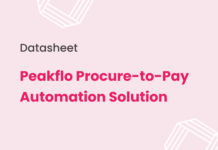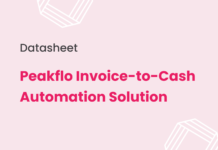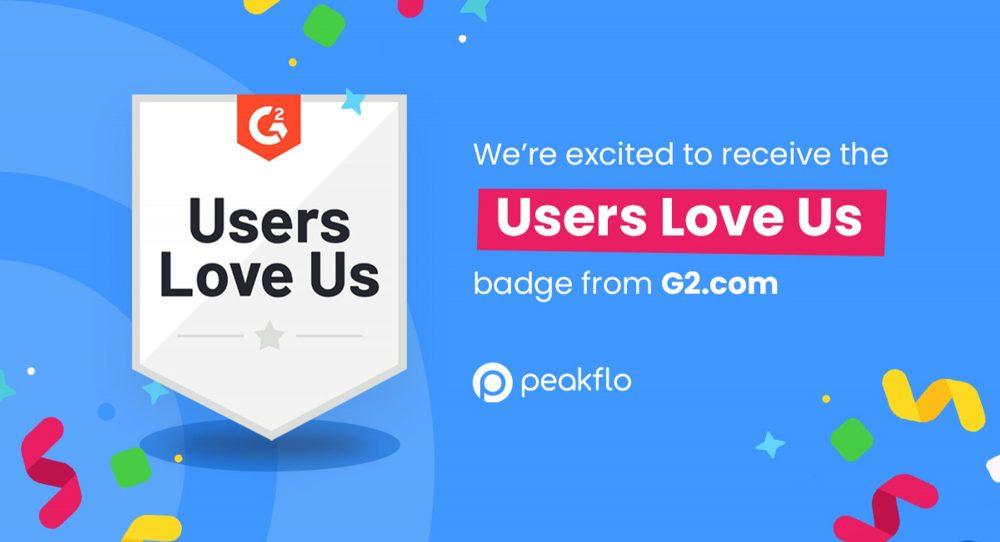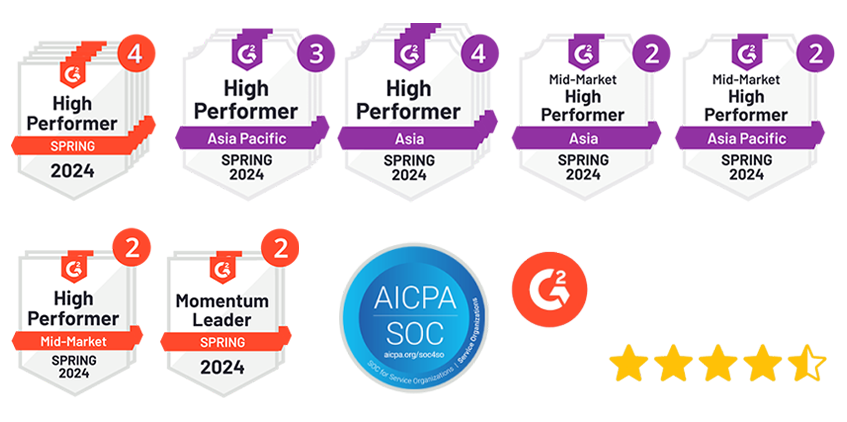Web automation can be a headache for businesses. Manual processes drain productivity, traditional automation tools break when websites change, and scaling web-based tasks across multiple platforms requires significant technical resources. AI browser agents solve these problems by autonomously performing complex web-based tasks without human intervention.
These intelligent systems understand context, make decisions based on visual and textual cues, and handle sophisticated user interactions while maintaining session states across multiple browser sessions.
Browsers use AI agents that combine computer vision, natural language processing, and web automation to navigate websites, fill forms, click elements, and extract data. Agent browser technology can interpret dynamic content, handle JavaScript-rendered pages, solve CAPTCHA, and adapt to changing website layouts through machine learning algorithms. This makes them particularly valuable for automated testing, competitive intelligence gathering, lead generation, price monitoring, and customer service automation.
Understanding how AI browser agents work and knowing their practical applications is crucial for businesses looking to automate web-based workflows and improve operational efficiency. These intelligent agents represent a significant advancement over conventional web interaction tools by addressing fundamental challenges in web automation.
In this article, we’ll explore what AI browser agents actually do, examine their key features, and look at real-world examples that demonstrate their practical applications. You’ll discover how these systems are changing web automation and why they matter for modern business operations.
What Are AI Browser Agents?
AI browser agents are autonomous systems that navigate and interact with websites on your behalf, rather than simply displaying web content for you to manually engage with. These intelligent assistants represent a fundamental shift in how businesses approach web-based tasks.
Consider the traditional browsing experience: you search, evaluate results, click links, read content, and manually complete tasks. AI browser agents compress this entire workflow into a single instruction—you simply tell the agent what you need accomplished, and it handles everything from research to execution.
These digital assistants actively engage with websites to execute complex workflows, fill forms, make purchases, and perform multi-step processes without your direct intervention. They have access to your email, calendars, file drives, and business applications, enabling them to schedule meetings and process information independently.
How Are AI Browser Agents Implemented?
Implementation typically follows one of two approaches: granting the AI full access to your machine (which carries a higher risk) or using a containerized virtual machine that provides a separate, controlled environment for the agent to operate.
What Makes These Tools Powerful?
The real strength of AI browser agents lies in their adaptability. They can handle different website designs, unexpected scenarios, and continuously learn from interactions to improve future performance. This means they transform every website into a programmable interface that AI can navigate while you focus on more valuable activities.
Unlike traditional automation scripts that break when a website changes its layout, AI browser agents understand context and can find elements even when they move or change appearance. This durability makes them particularly valuable for businesses managing multiple online platforms and workflows.
Key Features That Make AI Browser Agents Smart
Image Source: ADaSci
Modern AI browser agents stand apart from traditional automation tools through six core abilities that work together seamlessly. These capabilities form the foundation of intelligent systems that can handle complex web-based workflows without constant human oversight.
- Reasoning enables these agents to use logic and available information to draw conclusions and solve problems by analyzing data and identifying patterns.
- Acting allows them to execute tasks based on decisions they’ve made, whether digital actions like sending messages or updating data.
- Observing capabilities let them gather environmental information through advanced perception methods, including computer vision and natural language processing.
These agents excel at planning by developing strategic approaches to achieve goals, anticipating obstacles, and choosing optimal courses of action. They demonstrate collaboration skills by working effectively with humans or other AI systems. Most importantly, they possess self-refining abilities—continuously learning from experiences and adjusting behavior based on feedback.
What truly separates browser use AI agents from conventional tools is their durability. As one developer noted, “With traditional automation, if you wanted to automate 100 websites, you’d need 100 scripts. With AI, one script can control thousands of websites.” This adaptability means they can handle website changes—finding buttons that moved, changed color, or even altered text from “login” to “sign in.”
Other notable features include:
- Natural language understanding for fuzzy instructions
- Automated web navigation across dynamic content
- Personalized experiences tailored to user preferences
- Enhanced security with AI-driven threat detection
These capabilities address the fundamental challenges businesses face when trying to scale web automation across multiple platforms and changing website environments.
Problems AI Browser Agents Solve
Web complexity creates numerous challenges that AI browser agents effectively address. Traditional automation tools break when websites change—even slight button movements can cause failures. AI browser agents solve this fundamental brittleness problem through their adaptability to design changes, shifting layouts, and terminology updates.
Efficiency amplification represents a major advantage. Instead of creating 100 separate scripts for 100 websites, a single AI agent can control thousands of sites simultaneously. This capability drastically reduces development time and maintenance overhead.
These intelligent agents tackle practical business problems by:
- Automating repetitive tasks that drain human productivity
- Significantly reducing response times for customer inquiries
- Improving decision-making efficiency through data processing
Organizations managing online presence benefit from agents that ensure websites remain accessible for both human users and AI-driven interactions. They catch errors in structured data, APIs, and logic-based navigation early, preventing costly fixes later.
AI browser agents address the growing need for web experiences that align with both human requirements and AI assistant capabilities. This dual optimization becomes increasingly important as businesses prepare for a future where AI-driven search and automated decision-making become standard consumer behaviors.
However, implementing these solutions requires balancing automation benefits against potential challenges in data privacy, ethical considerations, and technical complexity.
How AI Browser Agents Work
Image Source: n8n Blog
Behind every AI browser agent lies a sophisticated workflow that powers its ability to automate complex web tasks. The process typically begins when you provide an instruction, prompting the agent to determine specific goals and break them down into smaller, actionable tasks.
These systems combine large language models (LLMs) with automation engines—usually headless browsers or API clients—that convert natural language instructions into concrete web actions. This technical foundation enables the agent to navigate websites, authenticate users, fill forms, and manage session states across multiple interactions.
The workflow follows three primary stages:
1. Goal determination: The agent receives your instruction, plans relevant tasks, and creates a structured approach to achieve the desired outcome.
2. Information acquisition: To execute planned tasks, the agent gathers necessary data by accessing websites, extracting content, or communicating with other AI models.
3. Task implementation: With sufficient information, the agent methodically completes each task, evaluates progress through external feedback and self-inspection, and creates additional tasks as needed.
Most systems employ a hierarchical architecture featuring a planner agent for task decomposition and a browser navigation agent for web interactions. This structure allows browsers to use AI agents to handle complex scenarios through persistent browser sessions and intelligent DOM interaction while maintaining context in their internal memory.
These agents can autonomously perform sophisticated workflows like filling online forms, booking travel, or managing accounts—approaching websites just as a human would. The key difference is their ability to maintain consistency and accuracy across thousands of interactions while adapting to website changes in real-time.
Real-World Uses of AI Browser Agents
Image Source: Codoid Innovations
AI browser agents are already delivering measurable results across industries. Companies like Perplexity offer Comet, a premium AI browser agent that functions as a “thought partner” helping users accomplish complex tasks without manual browsing.
Tests conducted by NBC News show Comet successfully assisted with tasks ranging from applying for jobs and buying outfits to booking gym visits. While these agents cannot directly conduct financial transactions for security reasons, they excel at adding items to carts, tracking deals, and comparing products effectively.
The business impact becomes clear through specific use cases:
Customer engagement: H&M’s virtual shopping assistant resolved 70% of customer queries autonomously and increased conversion rates by 25%. This automation freed human agents to handle complex issues while improving response times.
Healthcare operations: Mass General Brigham deployed an AI agent that reduced time spent on clinical documentation by 60%. Medical professionals can now focus more time on patient care rather than administrative tasks.
Financial services: Bank of America’s Erica has completed over 1 billion customer interactions while decreasing call center load by 17%. The agent handles routine inquiries, allowing human representatives to address more complex financial needs.
Browser-based agents can perform numerous specialized tasks—from automating job searches by parsing resumes to adding LinkedIn profiles into CRMs and comparing e-commerce prices. These applications demonstrate how AI agents handle repetitive, time-consuming processes that previously required manual effort.
As these technologies expand beyond specialized applications into everyday browsing, they will fundamentally change how businesses interact with websites by compressing entire workflows into single instructions.
How Peakflo AI Browser Agents Help?
Peakflo’s AI Browser Agent automates repetitive, web-based finance tasks so your finance team focuses on decisions — not data wrangling. It navigates vendor portals, pulls invoices, updates payment statuses, and syncs information back to your ERP or Peakflo workspace — all without manual clicks. Built with robust vision-and-language understanding, it adapts when portals change layout, maintains session states across logins, and safely operates in containerized environments to reduce risk.
For finance teams, this means faster vendor onboarding, automated reconciliations, and fewer missed payments. Imagine the agent logging into supplier sites to download monthly statements, matching them to open bills, and queuing verified payments — reducing manual effort and shrinking DSO. Peakflo’s agent also captures audit trails and preserves data lineage so controllers keep visibility and compliance.
Security and control are central: the agent uses least-privilege access, stores credentials in enterprise vaults, and runs actions in isolated containers that admins can monitor and revoke. Deployment is low-code: configure workflows (e.g., “collect overdue invoices from Supplier X”), map fields to your accounting schema, and let the agent run on schedule or on demand.
Ready to replace repetitive clicks with reliable automation — book a demo now.
Conclusion
AI browser agents solve critical challenges that businesses face with web automation. These intelligent systems compress complex web workflows into simple instructions, handling everything from research to execution while you focus on higher-value activities.
The core advantage lies in efficiency gains. Rather than requiring 100 separate scripts for 100 websites, a single agent can control thousands simultaneously. This capability comes from their combination of reasoning, acting, observing, planning, collaboration, and self-refining abilities.
AI browser agents offer businesses a practical solution to web automation challenges. Their ability to navigate websites like humans while understanding context and maintaining session states points toward a future where complex web tasks require minimal manual intervention. For organizations managing multiple web-based processes, this technology represents a significant opportunity to improve operational efficiency and reduce manual workload.
The question for businesses becomes not whether to adopt these tools, but how quickly they can implement them to stay competitive in an increasingly automated digital landscape.
FAQs
Q1. What are AI browser agents, and how do they differ from traditional web scrapers?
AI browser agents are intelligent systems that autonomously perform complex web-based tasks without human intervention. Unlike traditional web scrapers, they understand context, make decisions based on visual and textual cues, and handle sophisticated user interactions while maintaining session states across multiple browser sessions.
Q2. What key features make AI browser agents smart?
AI browser agents possess six core abilities: reasoning, acting, observing, planning, collaboration, and self-refining. They can adapt to website changes, understand natural language instructions, navigate dynamic content, and provide personalized experiences. Their durability allows one script to control thousands of websites, unlike traditional automation tools.
Q3. How do AI browser agents work?
AI browser agents work by combining large language models with automation engines. They follow a three-stage process: goal determination, information acquisition, and task implementation. These agents use a hierarchical architecture with a planner agent for task decomposition and a browser navigation agent for web interactions, allowing them to handle complex scenarios autonomously.
Q4. What real-world problems do AI browser agents solve?
AI browser agents solve issues like website brittleness, automate repetitive tasks, reduce response times for customer inquiries, and improve decision-making efficiency. They also ensure websites remain accessible for both human users and AI-driven interactions, catch errors early, and optimize web experiences for both human and AI assistant capabilities.
Q5. Can you provide examples of AI browser agents in action?
Yes, there are several real-world applications. For instance, H&M’s virtual shopping assistant resolved 70% of customer queries autonomously and increased conversion rates by 25%. In healthcare, Mass General Brigham deployed an AI agent that reduced time spent on clinical documentation by 60%. Bank of America’s AI assistant Erica has completed over 1 billion customer interactions while decreasing call center load by 17%.










![Why AI Sales Calls Are Making Good Sales Reps Even Better [2025 Guide] ai sales calls](https://blog.peakflo.co/wp-content/uploads/2025/09/65168cf6-3001-4733-8cbc-12d5684cf449-218x150.webp)


































